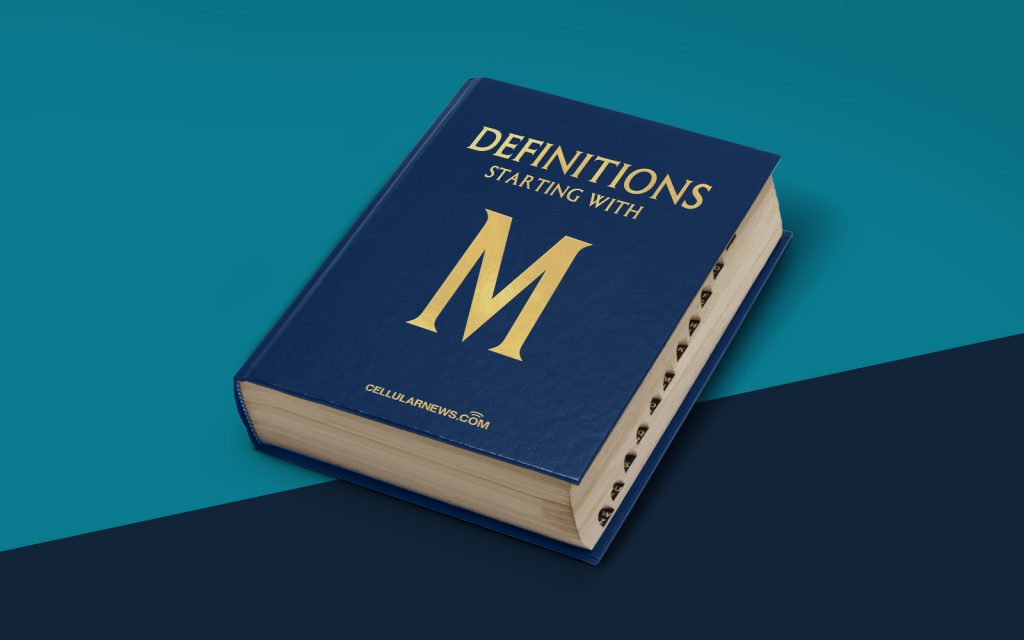
What is Musical Instrument Digital Interface (MIDI)?
When it comes to music production and performance, Musical Instrument Digital Interface, or MIDI, is a term that often pops up. But what exactly is MIDI and how does it work? In this article, we’ll dive into the world of MIDI, exploring its definition, capabilities, and why it has become an essential tool for musicians and producers.
Key Takeaways:
- MIDI stands for Musical Instrument Digital Interface, which is a protocol that allows electronic musical instruments, computers, and other hardware to communicate with each other and control musical parameters.
- MIDI enables musicians and producers to create and manipulate digital sound by transmitting musical information in the form of data rather than audio signals.
MIDI was introduced in the early 1980s as a standardized way for electronic musical instruments to interact with each other. Before MIDI, if you wanted to connect different synthesizers or electronic devices, you often had to rely on proprietary cables and protocols. MIDI revolutionized the music industry by providing a universal language for musical devices to communicate and sync with each other.
At its core, MIDI is a digital communication protocol that transmits a series of messages between devices. These messages can include information about note pitches, durations, velocity (how hard a note is played), and control changes (such as volume or modulation). Instead of transmitting audio signals, MIDI transmits data in the form of binary code, allowing for precise and flexible control over musical parameters.
One of the key advantages of MIDI is its versatility. It allows musicians to record, edit, and manipulate musical performances with ease. MIDI data can be easily edited on a computer, allowing for precise adjustments to timing, pitch, and other musical elements. It also enables musicians to use virtual instruments, software synthesizers, and samplers, expanding the range of sounds that can be created and manipulated.
Additionally, MIDI allows for seamless integration between different types of hardware and software. With MIDI, you can connect a MIDI keyboard controller to a computer, and use it to control virtual instruments or record MIDI data directly into a digital audio workstation (DAW). This opens up a world of possibilities for musicians and producers, providing them with a powerful set of tools to create, perform, and manipulate music.
In conclusion, Musical Instrument Digital Interface (MIDI) is a protocol that has revolutionized the way musicians and producers create and interact with music. Its universal language allows for seamless communication between different devices, enabling precise control over musical parameters. Whether you’re a beginner musician or an experienced producer, understanding MIDI is essential in today’s digital music landscape.
